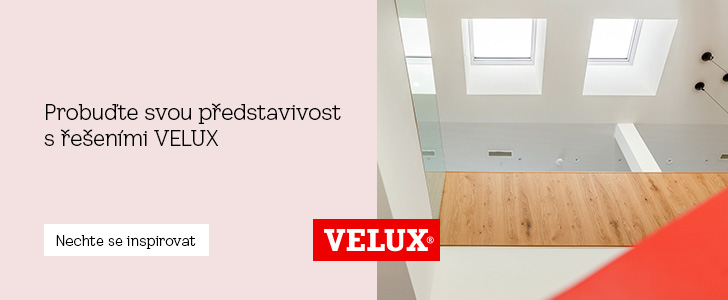
Josef Sudek: a photographer who managed to stop time
 |
Sudek can be seen as a member of the Czech "lost generation." He grew up at the end of a long, peaceful 19th century and lost both his illusions and his right arm during World War I. Unlike his similarly afflicted contemporaries, however, he did not resign from life. He had a great passion to which he could return - photography.
In his later years, Sudek was known as a solitary and eccentric. Few of the Prague residents who saw him, shabby and with his indispensable camera wandering the streets of Prague, would consider him a former fashion photographer who was at the center of Prague's artistic and social life during the First Republic. At that time, his friends included outstanding artists, such as avant-garde photographer Jaromír Funke and painters Emil Filla and František Tichý. He surrounded himself with similar personalities even after World War II - regularly associating with poet Jaroslav Seifert and painter Jan Zrzavý.
Despite the diversity of themes, all of Sudek's photographs convey a fascination with light in all its fleeting forms. The interplay of sunlight and shadows, together with the characteristic patina of his black-and-white photographs, often gives the viewer the impression that they are not looking at a photograph, but at a mysterious and enigmatic image that obscures reality rather than revealing it.
Sudek was a great perfectionist in his work. He meticulously considered compositions, and if he was not satisfied with the result, he returned to the same places and repeated shots multiple times. At the moment he felt that the right moment for the shot had arrived, he would say that he hears "the music playing." Music was, after all, his second great passion in addition to photography.
Sudek managed to maintain a distance from the political regimes that changed during his lifetime, as well as to keep his work outside artistic movements and doctrines. He never pushed himself into the spotlight and mostly focused only on what interested him. Over his lifetime, he gradually amassed more than 20,000 positives and twice as many negatives, a significant portion of which were never published.
He was born in Kolín on March 17, 1896. He fondly remembered his childhood even though his father died early and the family lived in modest circumstances. He had a close relationship with his sister Božena, who helped him with household chores even as an adult. Before the war, he worked as a bookbinder in Nymburk, and at the age of twenty-one, he was hit by a grenade fragment in his right arm on the Italian front, which was later amputated. During his subsequent stay at the Prague Invalidovna, he created one of his very first photographic series.
In 1924, Sudek completed a two-year study at the State Graphic School in Prague and was instrumental in founding the Czech Photographic Society, with which he exhibited for many years thereafter. From the mid-1920s, he collaborated with the publishing house Družstevní práce, which provided him with support and commissioned regular assignments (such as advertising photography). In 1928, it published his photographic album St. Vitus, which foreshadowed Sudek's lifelong fascination with architectural monuments.
Joseph Sudek held his first solo exhibition in 1932, and he developed his distinctive artistic style during the 1940s. Despite his physical handicap, he did not simplify his work; he used heavy old cameras and eventually abandoned enlarging photos altogether, creating contact photographic copies from large-format negatives. With his left hand, he managed all the necessary tasks for photography - loading film, exposing, and developing images.
Josef Sudek died on September 15, 1976, at the age of 80 in Prague. His legacy is managed by the Museum of Decorative Arts, which has operated the Josef Sudek Gallery in his last residence in Hradčany - in the house U Kamenného sloupu, also known as U Slunce a Luny at Úvoz 24, since 1995. A replica of Sudek's studio on Újezd serves as an exhibition space, which was built in 2000.
The English translation is powered by AI tool. Switch to Czech to view the original text source.
Related articles
0
28.06.2016 | The exhibition will show St. Vitus Cathedral through the lens of Josef Sudek
0
30.05.2016 | The exhibition will showcase unknown photographs of St. Vitus Cathedral by Josef Sudek
0
19.05.2016 | Josef Sudek: I will be happy to photograph modern modern architecture
0
17.05.2016 | <Muzeum kubismu> showcases Sudek's photographs of modern architecture











